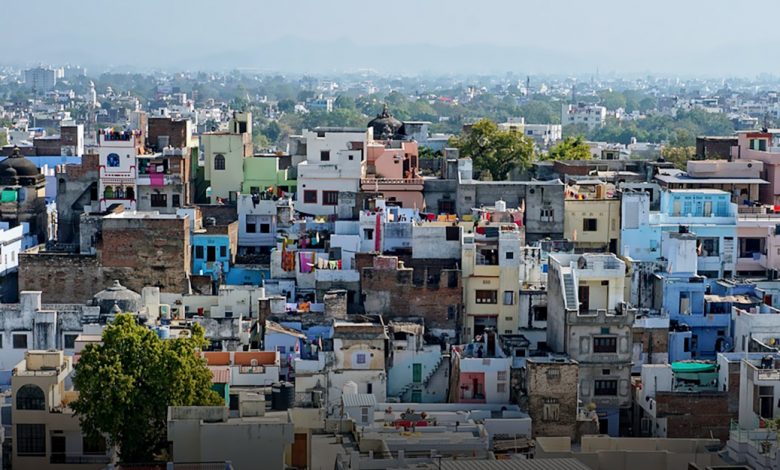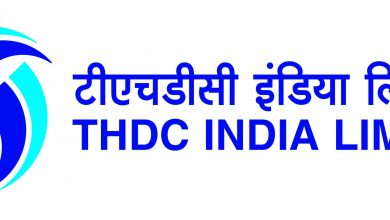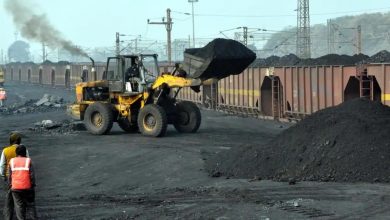India’s Low-Cost Housing Initiatives Will Have To Be Both Climate Resilient And Climate Responsive
PMAY should make use of energy-intensive materials, particularly kiln-fired bricks, steel and concrete

After several years of worsening climate around the world due to global warming a clear pattern of extreme unlivable heat, glacier melts, heavy rain& floods, increasing frequency of storms & cyclones, drought and wildfires, locusts attacks , rising sea levels etc. climate crisis has emerged.
The latest report of Intergovernmental Panel on Climate Change (IPCC) clearly predicts that globally, the planet will warm by 1.5°C in all scenarios and the poor will continue to be the worst affected by impacts of climate change.
India will face significant threats from rising seas. Across six Indian port cities – Chennai, Kochi, Kolkata, Mumbai, Surat and Visakhapatnam – 28.6 million people will be exposed to coastal flooding if sea levels rise 50cm.
Glaciers in the Hindu Kush Himalaya Region are a crucial water supply for the 240 million people who live in the region, including 86 million Indians – roughly the equivalent of the country’s five biggest cities combined. They have been losing mass since the start of the 21st century, and Hindu Kush Himalaya can decline by two-thirds.
In India, climate change effects such as severe droughts, devastating floods and cyclones may force more than 45 million people to migrate from their homes in India by 2020, says a report titled ‘Costs of climate inaction: displacement and distress migration.’
Raini village in Chamoli district, Uttarakhand, home to the famous Chipko Andolan, has been in talks recently as the local administration is assessing shifting the villagers to a safer location. The village has been threatened with extreme rainfalls and landslides, and ever since the avalanche in February 2021 villagers live in perpetual fear.
While the story of Raini is not singular, it does present a case study of villages across the state facing similar threats due to increased climate variability, erratic and extreme rainfalls, geological impacts amplified by unplanned developmental projects impacting the fragile ecosystem.
Over 3,000km away, in Tamil Nadu’s Kuilapalayam, Valarmadhy has been grappling with similar precarity. Fueled by warmer waters in the Indian Ocean, cyclones making landfall in southern India have intensified in recent years.
India, is among the most affected countries by climate and weather extremes and poverty. Launched in 2015, the same year as the signing of the Paris Agreement, India’s poverty reduction strategy in the low-cost housing initiative–Pradhan Mantri Awas Yojana (PMAY)–will be crucial in determining how well the country can mitigate and adapt to the climate crisis.
India’s low-cost housing initiatives will have to be both climate resilient and climate responsive if the country hopes to reduce its vulnerability to the climate crises.
The PMAY sought to construct 50 million affordable homes for those households that did not own any permanent housing. the construction-heavy scheme is far from a guaranteed success when it comes to dealing with climate
PMAY make use of energy-intensive materials, particularly kiln-fired bricks, steel and concrete. Instead of Greener and cost-effective technologies .
The well-designed permanent housing can go a long way in reducing vulnerability to climate extremes.
While poorly planned construction also carries massive carbon costs which further fuel climate change…
To be clear, successful affordable housing must keep people safe during such disasters. Climate-proofing of affordable housing has warranted benefits.
The Cool Roofs Plan is a unique initiative building on the pioneering Energy Conservation Building Code (ECBC) to increase energy savings in buildings and contribute to reduction of the urban heat island effect in Telangana and Hyderabad. ‘chang ghor’ the traditional small dwellings of Assam with bamboo poles are built to avoid floods. Modernisation of this concept to make ‘chang ghor’ more resilient is being done at local levels there. GoodLiving.eco, an NGO striving to build climate resilient and green housing for low-income communities in Tamil Nadu and Pondicherry with compressed earth blocks (CEBs) and access to rooftop and community solar schemes.
Practices that combine modern technology with traditional architecture, which increase sustainability and resilience of the structures need to be incorporated in PMAY. It’s about time for the government to incorporate climate resilience in its affordable housing and other welfare housing schemes. Schemes related to affordable homes need to focus more on the climate vulnerabilities of people residing in them.
Views expressed here are those of Dr. Seema Javed, a known Environmentalist, Journalist and Communications Expert




